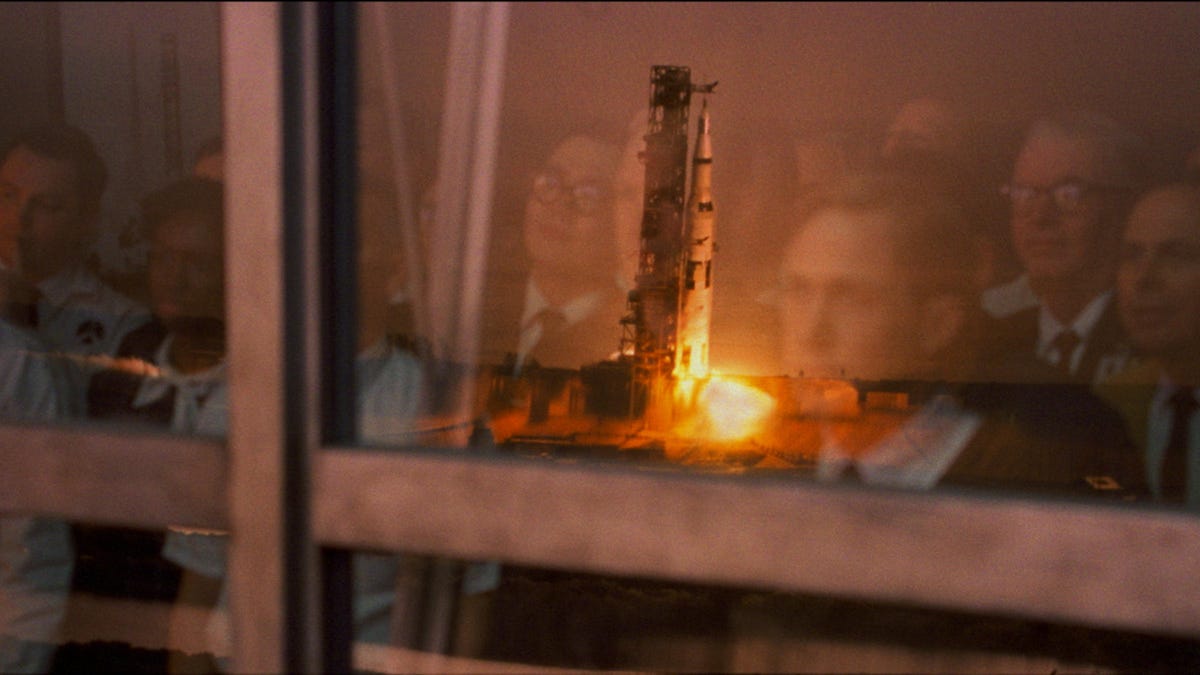First Man's Ryan Gosling and Claire Foy remind us space is the place
Gosling, Foy and director Damien Chazelle want to bring the space race back to a generation raised long after Neil Armstrong walked on the moon.

It may've been a giant leap for mankind, but for many of us, no one has walked on the moon during our lifetime. The stars of stirring space race drama First Man want to remind us of the hope and excitement -- and danger -- of those early days of space exploration.
Neil Armstrong was the first man to walk on the moon, during the Apollo 11 mission on 20 July 1969, but no one has been back since 1972. Actor Ryan Gosling, who plays Armstrong in First Man, wasn't born until the 1980s and admits that the enormity of the moon mission's achievement was somewhat lost on him.
"I didn't really think about it," Gosling said when I met the cast in London to discuss the film. "I wish that I had, but I think human space flight had sorta become taken for granted ... The moon man was the MTV logo."
One of the things that inspired Gosling and director Damien Chazelle to retell the familiar story is that at the time of the space race, a successful trip to the moon wasn't something that could be taken for granted at all. Chazelle set out to remind today's audiences that in the early 1960s, going to the moon was an "insane proposition" -- as distant a possibility as a trip to Mars is now.
To really demonstrate the difficulty and cost of turning this fantasy into reality, Chazelle shows the story almost entirely through Armstrong's eyes, with much of the film confined to the rattling, roaring, confined cockpits and capsules perilously bearing the astronauts into space. "What I wanted to do with this movie," said the director, "was to take a contemporary viewer and try to really rewind to the early '60s ... in a real-time immediate way, not with a historical vantage point but hopefully in a present-tense kind of way."
One of the people seeing this perspective for the first time was co-star Claire Foy, who plays Armstrong's wife, Janet. "I was just absolutely blown away," she said, "to see it from Neil's perspective ... I see it as a worldwide shared experience, which is what Neal made it because he said it's for all mankind, which is really poignant."
The movie is pretty strictly divided between the Armstrongs' home life and Neil's space missions. "As far I was concerned, we were making an intimate documentary-style domestic film!" Foy said, laughing.
For modern viewers, the excitement of the space race may have been replaced by the commercialisation of space through satellites and private companies like SpaceX and Virgin Galactic. Chazelle believes space exploration is as relevant and important as it ever was, something he makes clear in the movie itself. But Foy, for one, isn't quite ready to emulate Neil Armstrong and his ilk by becoming a space tourist. "When it's been going for thirty years, sure," she said, "but definitely don't book me a ticket on the first flight!"
NASA at 60: Celebrate the men and women taking us to the final frontier and beyond.
Movie Magic: The secrets behind the scenes of your favorite films and filmmakers.

